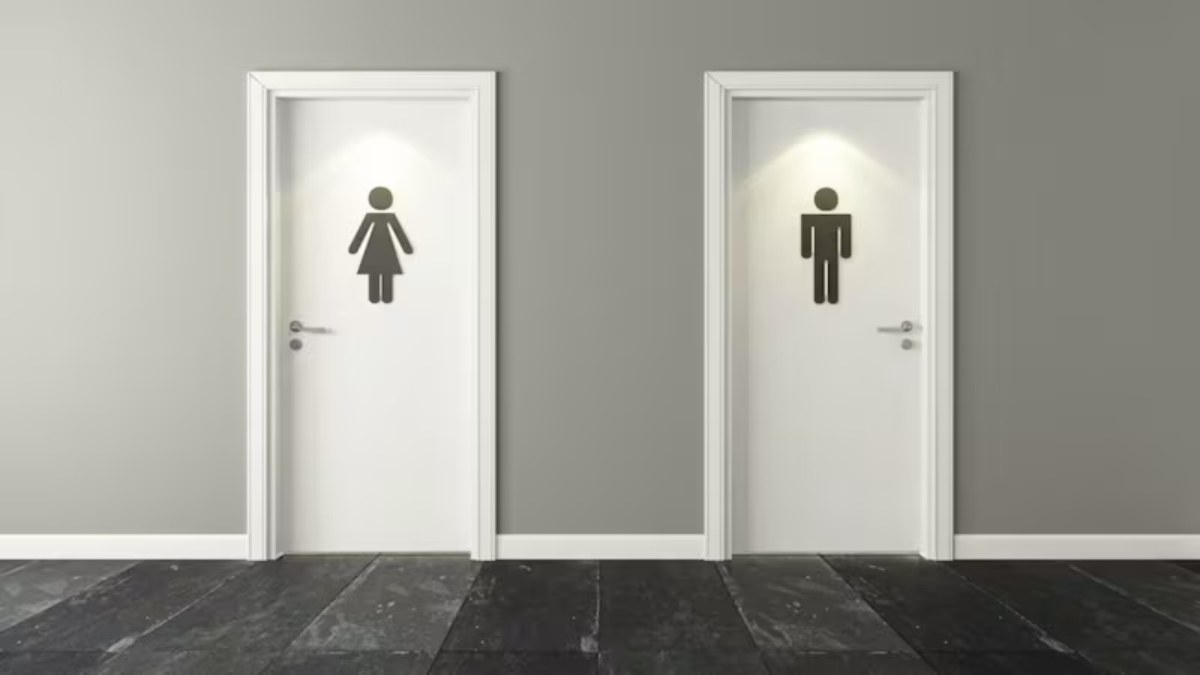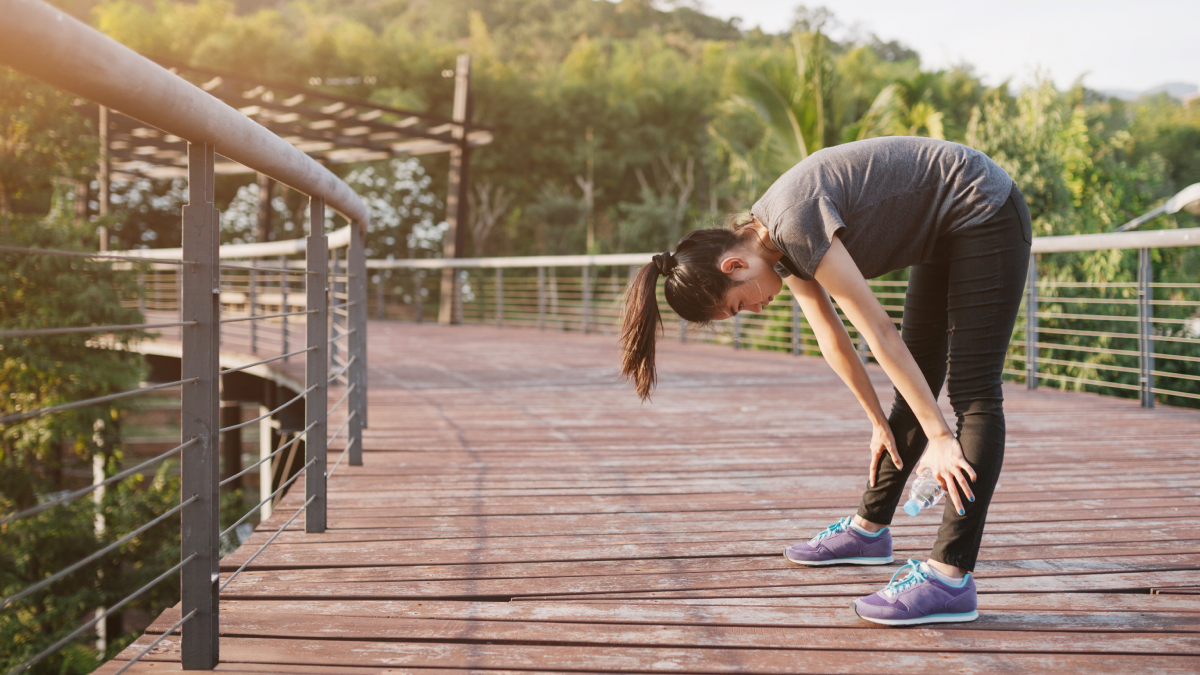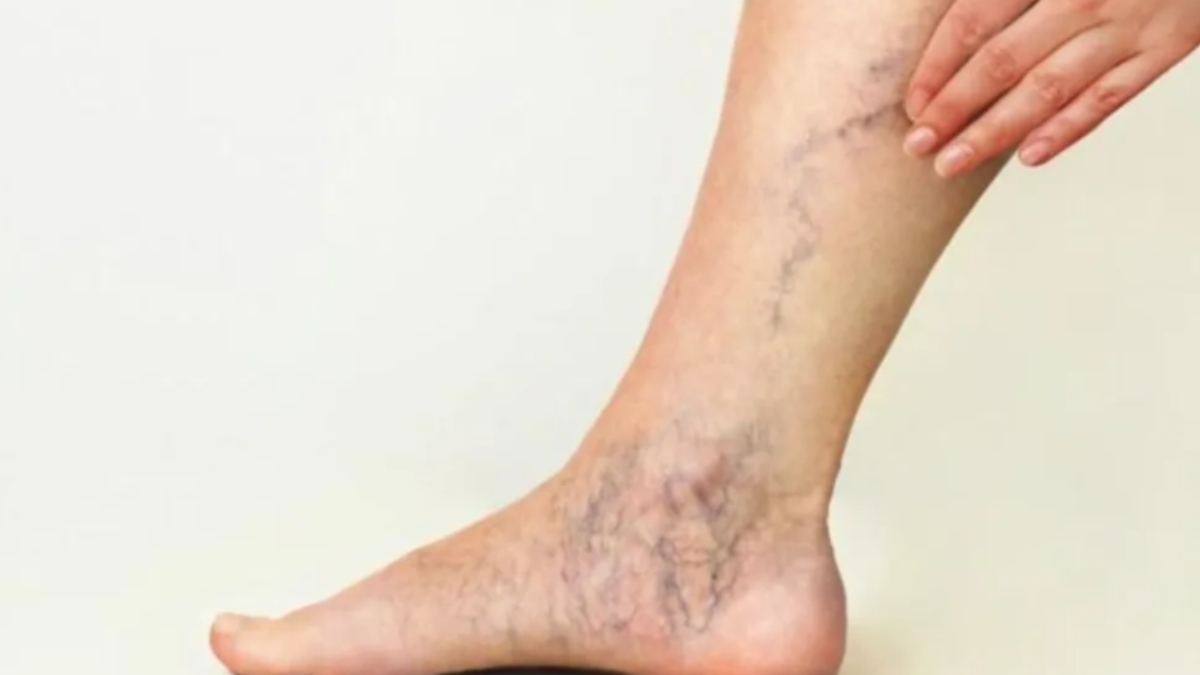Ever feel like you just can't go when you're in a public restroom? You're not alone. Shy bladder, also known as paruresis, is a common condition where people experience difficulty urinating when others are around. This can significantly impact daily life, causing anxiety in social situations, travelling, and even work.
Understanding Shy Bladder:Shy bladder is a type of social anxiety disorder. People with this condition have an intense fear of being unable to urinate in public restrooms or around others, even family members. This anxiety can actually block the ability to relax and urinate normally.
How does it affect you?- Physical symptoms: The anxiety associated with paruresis can manifest in physical symptoms such as increased heart rate, sweating, trembling, and muscle tension. These physiological responses are typical of the body's 'fight or flight' response to stress.
- Urinary issues: The inability to urinate in certain situations can lead to discomfort, urinary retention, and potential complications such as urinary tract infections (UTIs) or bladder dysfunction if not addressed promptly.
- Sleep disturbances: Individuals with paruresis may experience sleep disturbances due to anxiety and worry about their condition. This can lead to fatigue, irritability, and difficulty concentrating during the day.
- Impact on social life: Paruresis can significantly impact an individual's social life, causing them to avoid social gatherings, travel, or other activities that may involve using public restrooms. This can lead to feelings of isolation, loneliness, and depression.
- Inability or difficulty urinating in public restrooms
- Anxiety or panic before using a public restroom
- Frequent urination at home in anticipation of needing to go in public
- Planning outings around restroom availability
- Avoiding social events, travel, or work due to restroom anxiety
Several factors contribute to the development of this disorder in an individual:
- Social anxiety: General social anxiety can manifest in specific situations like using public restrooms.
- Past experiences: Negative experiences in public restrooms during childhood, like bullying or embarrassment, can trigger shy bladder.
- Learned behaviour: Observing others struggle with urination in public restrooms might unconsciously create a fear response.
The good news is that shy bladder is treatable! Here are some common approaches:
- Cognitive-behavioural therapy (CBT): CBT helps identify and change negative thought patterns that contribute to anxiety.
- Exposure therapy: This therapy gradually exposes you to situations that trigger anxiety, like using a public restroom with increasing levels of noise or people present.
- Relaxation techniques: Techniques like deep breathing and meditation can help manage anxiety before and during urination.















